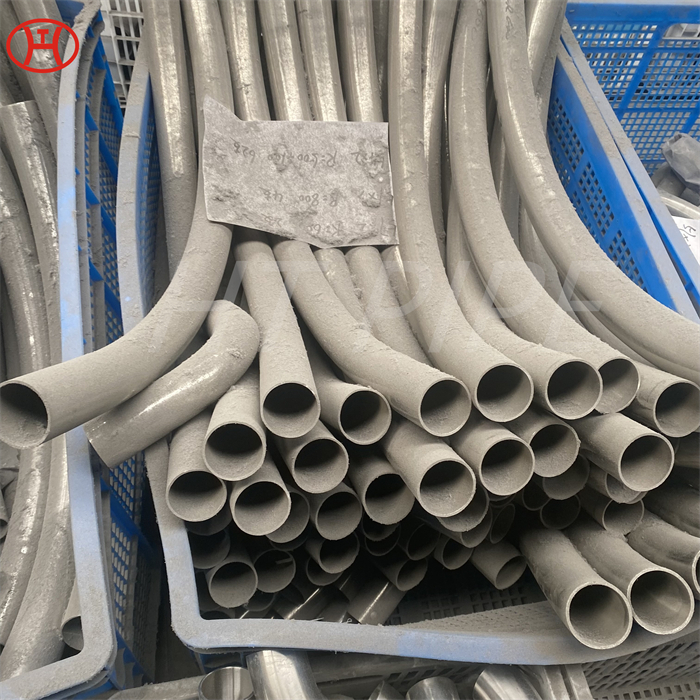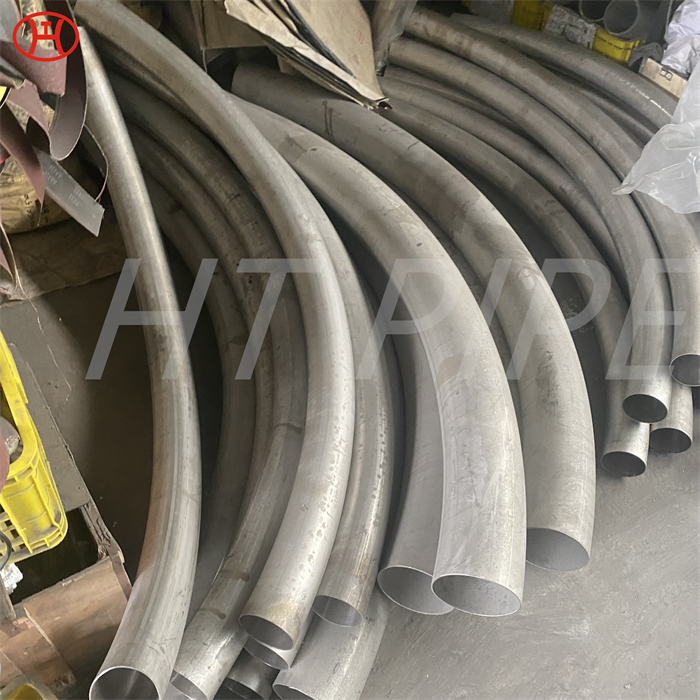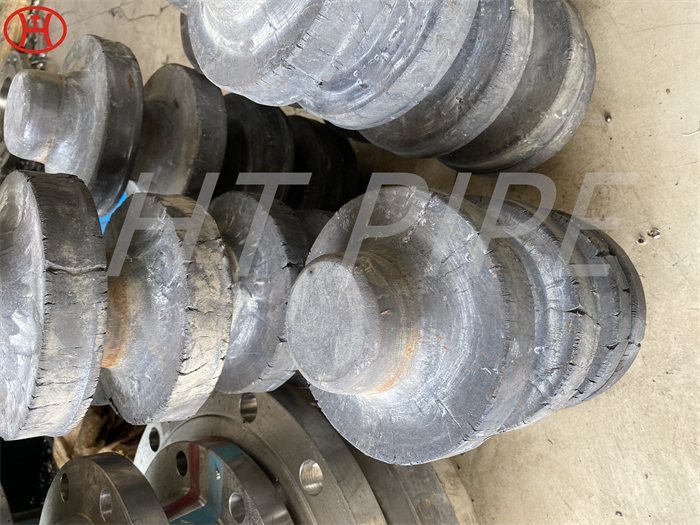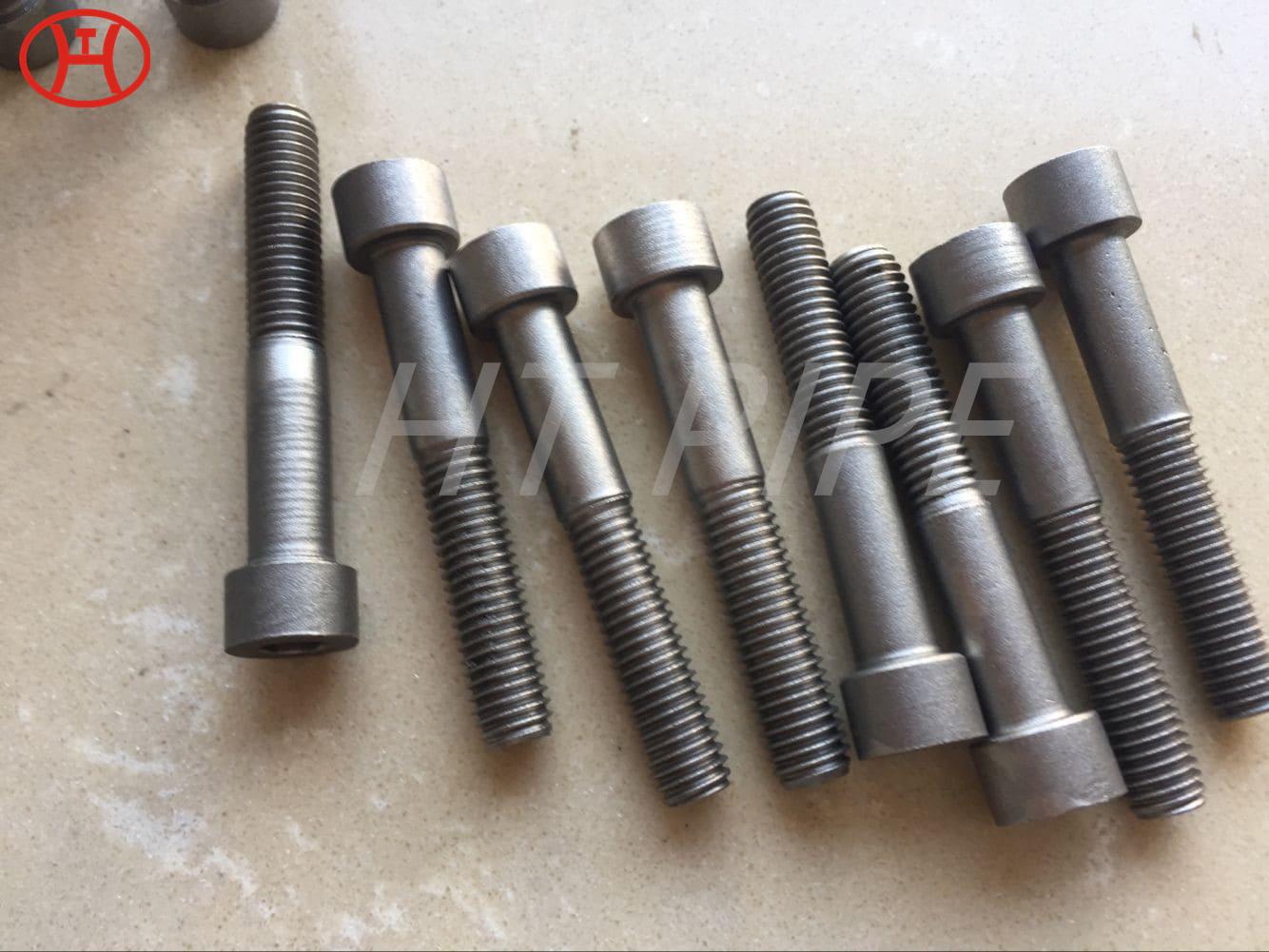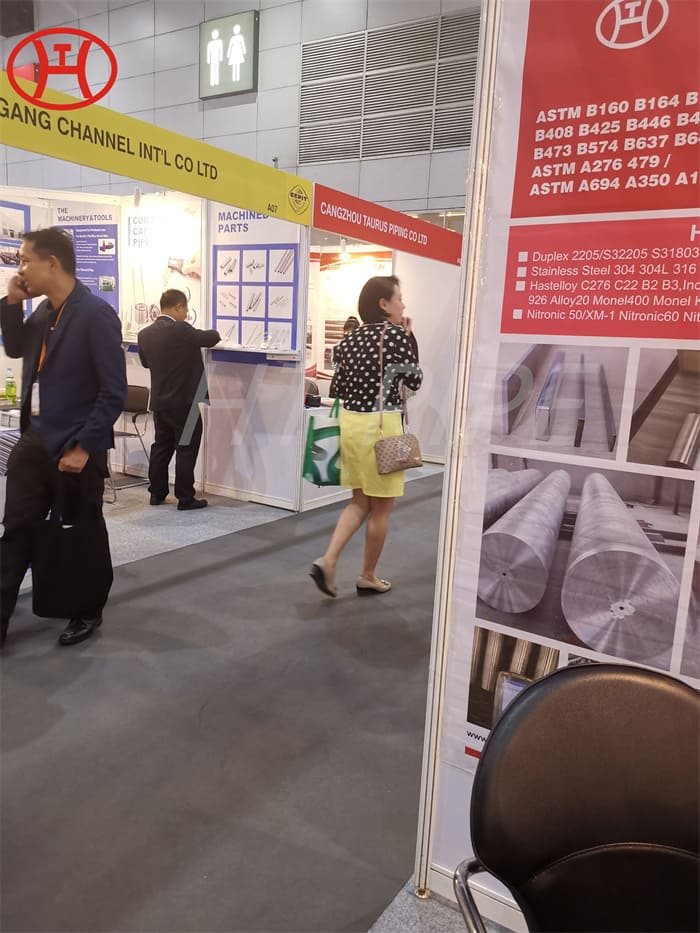Hastelloy B2 pipe bend suited for equipment handling reducing chemical environments
Strengthening of super alloy Hastelloy B2 pipe bend is performed by solid-solution hardening, work hardening, and precipitation hardening methods.
HASTELLOY B-3 pipe bend is available in the form of plates, sheets, strips, billets, bars, wires, pipes, tubes, and coated electrodes. It is used in numerous chemical process industry (CPI) applications, especially in the construction of reaction vessels for pure, reducing acid service. B2 alloy, UNS N10665, resistance to hydrochloric acid and other strongly reducing chemicals but has poor corrosion resistance to oxidizing chemicals and in the presence of ferric or cupric salts. In addition, Hastelloy B2 pipe bend has excellent resistance to pitting and stress corrosion cracking. However B2 has little chromium, and it should NOT be used with oxidizing media in the presence of salts. Hastelloy B2 pipe bend is also referred to as by its trade name UNS N10665. B2 Hastelloy Welded Pipe is a solid solution nickel molybdenum based alloy. One of the highlights of nickel alloy b2 Bush Hex Pipe is its corrosion resistance properties.




















































































































